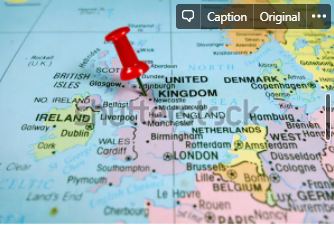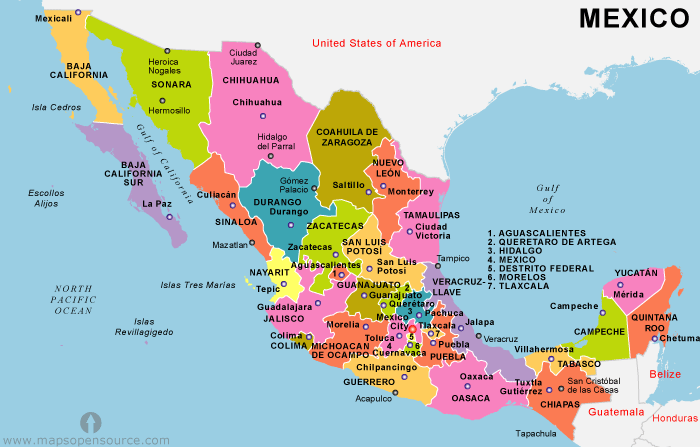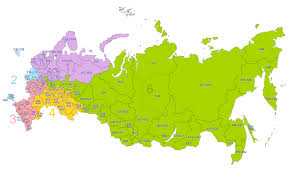2.1 Parliamentary, Presidential, and Semi-Presidential Systems
4 min read•june 18, 2024
AP Comparative Government 🗳️
90 resourcesSee Units
Parliamentary System
In this unit, you need to be able to describe how the parliamentary, presidential, and semi-presidential systems are structured. Let's begin by breaking each system down, one at a time. One small note 📓: this topic does not mention China and Iran in the CED, so we will not be focusing on those course countries in topic 2.1 or topic 2.2.
- Parliamentary System. A parliamentary system is a democratic 🙋form of government in which the party that wins the most seats (in the legislature) gets to form the government, which means that the leader of that party will then become the prime minister or chancellor (Head of Government).
In order to understand the parliamentary system, we need to know how popular elections work in the UK. The only national officials that are voted for in Great Britain 🇬🇧 are members of parliament. The people do not vote 📥 for the prime minister! That's very important to understand, notice how different it is from the United States.
This means that the national legislature, and more specifically the majority party, can select or remove the head of government and the cabinet, not 🚫 the people. This gives parliament a great deal of power. But how does a parliamentary system function? Well, you're about to see it for yourself!

Here's the UK on a map in case you forgot! Image from Shutterstock.
Parliamentary System—Roles and Responsibilities
| Role | Responsibility | Explanation |
| Prime Minister | Leader of the National Government | In the parliamentary system, the executive and legislative branch are intertwined, and the leader of both branches is the Prime Minister. |
| Cabinet | Cabinet Members/Heads of Bureaucracy | The cabinet consists of party leaders chosen by the prime minister. The cabinet is the center of policy making in Britain. The cabinet believes in collective responsibility and makes policy for the country. |
Presidental System
2. Presidential System. A presidential system is a democratic and republican (meaning the people are represented by government representatives... not political parties!) government in which the head of government leads an executive branch that is separate from the legislative branch. Let's discuss 🇲🇽 Mexico as an example. Although we are going to focus on Mexico, as it is specifically highlighted in the CED (Course and Exam Description), you should understand that Nigeria 🇳🇬 is also a presidential system!

Source: http://www.mapsopensource.com/mexico?url=mexico
The people of Mexico directly elect the president every six 6️⃣ years. The election process is based on direct, universal 🤘suffrage and the principle of a simple majority. In 2018, Andres Manuel Lopez Obrador won 30 million popular votes ☑️, or 53% of the votes, and his opponent Ricardo Anaya won 12 million popular votes or 22% of the votes. Therefore, Obrador won the presidency. Legislative elections 🗳️ are separate from executive elections and are based upon proportional representation (more on that later!).
Presidential System - Roles and Responsibilities
| Role | Responsibility | Explanation |
| Executive Branch-President | Head of State/Head of Government/Commander in Chief | Head of the Executive Branch, Head of State, Head of Government, and Supreme Leader of the military. |
| Legislative Branch-Senate and Chamber of Deputies | Creating Laws | Has the power to makes laws, impose taxes, declare war, reject treaties, and ratify diplomatic appointments. |
| Judicial Branch-Supreme Court | Interpreting Laws | Divided into federal and state systems. The Supreme Court has final appellate (the ability to appeal things) powers over federal and state courts. |
Semi-Presidental System
3. Semi-Presidential System. Sometimes called a dual ✌️executive system, this is a system in which a president exists alongside a prime minister and a cabinet. 🗄️ It has elements of the parliamentary system, with the prime minister and cabinet handling the legislation of the state, and elements of the presidential system, because the president is a popularly elected head of state. In order to explore this system further, let's use one of our Comp Gov countries, Russia. 🇷🇺

Russian Postal Zones commons.wikimedia.org
Let's start with how elections work in Russia. 🇷🇺 The president is elected by the people of Russia using universal, equal, and direct voting. The prime minister is then appointed by the president, with the consent of the state duma. So to recap, you have a president and a prime minister that co-exist, and the president is directly elected and holds a significant degree of power.
For the exam FRQ, it is important to note that in Russia, the prime minister position held little to no power 💥 until Vladimir Putin took the position in 2008 (he could no longer be president, as he had served 2 consecutive terms). Once Putin was elected president again in 2012, the position went back to being in service to the president. In other semi-presidential systems, such as France 🇫🇷 and India 🇮🇳 (non-Comp Gov countries), the amount of power held by the executives is quite different.
Semi-Presidential System—Roles and Responsibilities
| Role | Responsibility | Explanation |
| President | Head of State | Directly elected by the people. Head of State-appoints Prime Minister, power varies by country. |
| Prime Minister | Head of Government | Role is to carry out the policy that the President enacts, acts as the head of government to varying degrees, varies by country. |
| Cabinet | Executive Cabinet | Responsible for aspects of policy making—execute monetary policy, ensure the rule of law, protect property, deal with crime, etc. |
Browse Study Guides By Unit
👑Unit 1 – Political Systems, Regimes, & Governments
⚖️Unit 2 – Political Institutions
🙋♀️Unit 3 – Political Culture & Participation
🐘Unit 4 – Party, Electoral Systems, & Citizen Organizations
🏗Unit 5 – Political & Economic Changes & Development
🤔Exam Skills
📚Study Tools

Fiveable
Resources
© 2025 Fiveable Inc. All rights reserved.